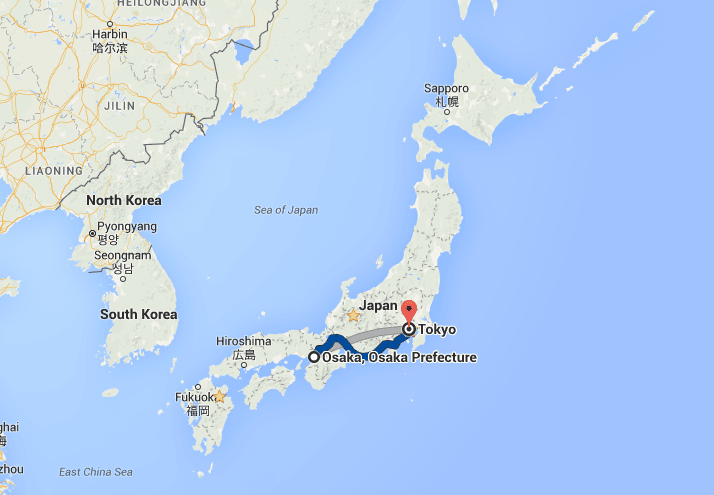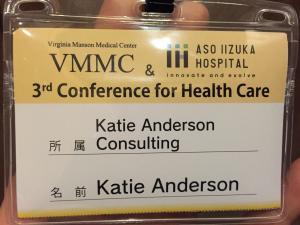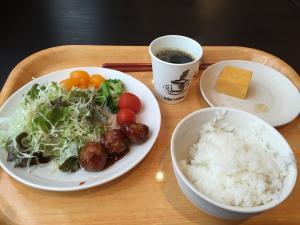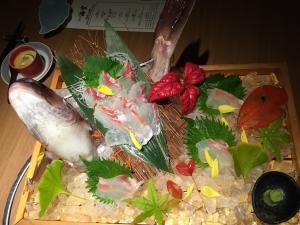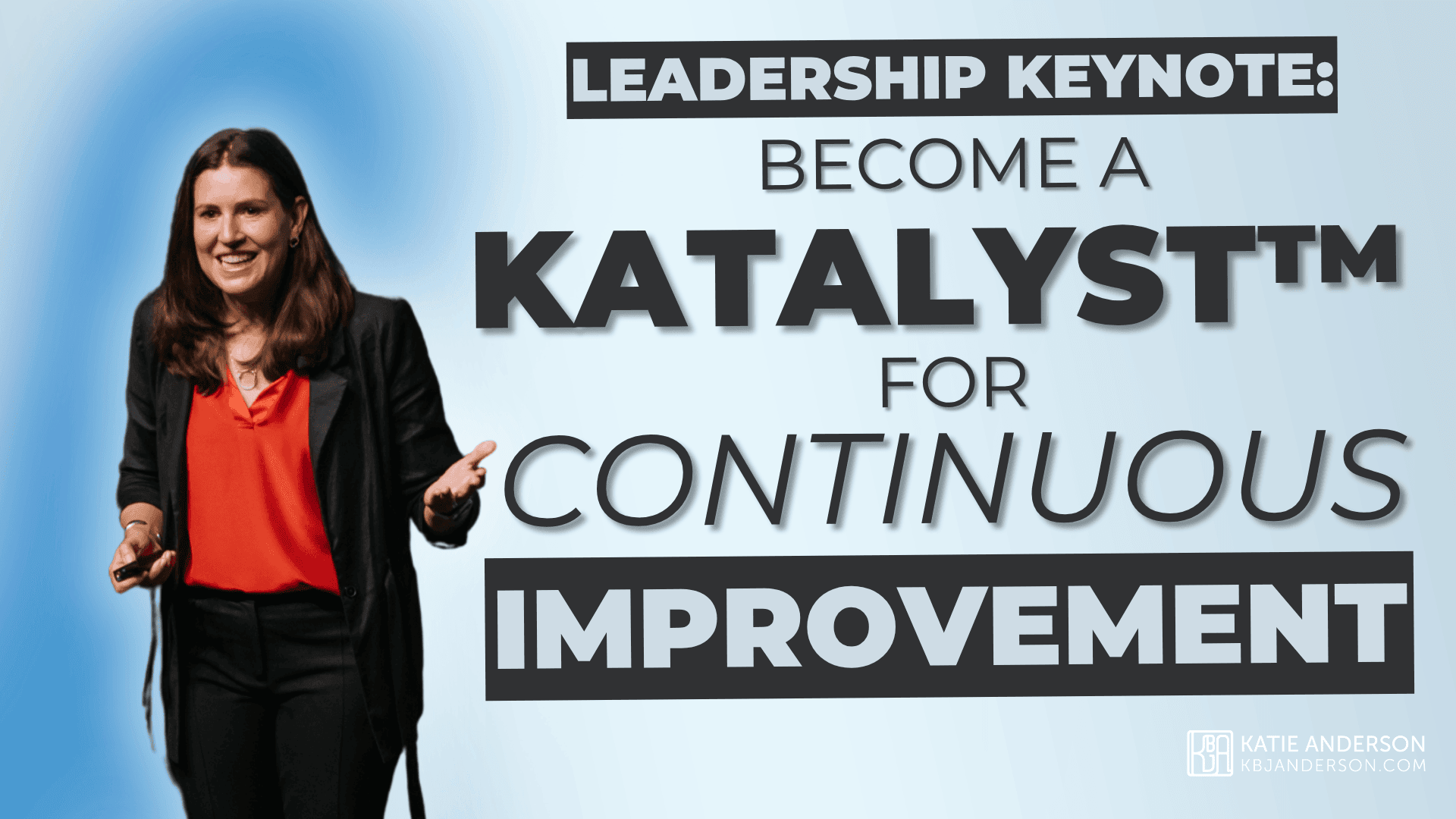The past two weeks were full of many learning and connecting opportunities.
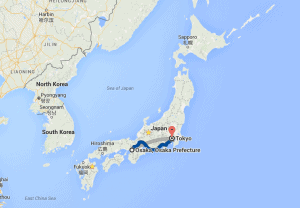
I’ve had several meetings with interesting Japanese business people and thought leaders to discuss innovation, Lean, and leadership in Japan.
And last week I transversed Japan twice to attend attended two conferences about Japan-U.S. issues in healthcare, both of which were simultaneously interpreted.
On Monday I took the Shinkansen to Osaka for the day (2.5 hours each way) to attend the Japan-U.S. Medical Device Innovation Forum.
On Thursday, I flew down to Fukuoka to attend I attended the 3rd Annual Conference on Healthcare on Friday and Saturday, co-hosted by Aso Iizuka Hospital (which I visited in June) and Virginia Mason Medical Center (located in Seattle, Washingon).
Top take-aways
My next few posts will be about some of the key take aways from these conferences and meetings.
Through all of these meetings, presentations, and discussions, several key themes, which I’ve written about before, continue to stand out to me:
- Japan seeks to improve and innovate. Japan is looking to Japanese leaders feel that there is gap in Japanese people’s ability to think critically and to innovate. They are looking to the U.S. (and other countries) to learn how lean thinking has evolved, such as the application of “lean startups” to be more innovative, to get beyond a fear of failure, and to improve their overall ability to deliver value to customers. This new way is being called the “Silicon Valley” style.
- Lean is not inherently Japanese. Many companies have a deep practice of Lean thinking and management – from Toyota where TPS originated to many other (primarily) manufacturing companies – but using these management practices is less common in service industries or non-production processes. Japan is looking to learn from the U.S. (and other countries) about how Lean can be applied to services, healthcare delivery, and start-ups. I talked a lot about this with Mark Graban in the podcast we recorded last month.
- Japanese hospitals are new to Lean. Japanese hospitals are only just beginning to bring lean thinking into their organizations. Some hospitals have several decades of practice with quality improvement and quality circles, but they are in the nascent phase of thinking about it as a full management system. Even the tools that many of us familiar with Lean or the Toyota Production System consider common practice (such as value stream maps) are new concepts in healthcare. It was exciting to hear from more hospitals experimenting with deeper improvement methods at the conference.
- Japan looks to involve women in business and leadership. However, from my observation this week, it has a long way to go to reach Prime Minister Abe’s desire to have 30% of women in leadership roles by 2020.
I will be touching on all of these topics and more in more detail in upcoming posts.
[Update: you can now find these posts on the following links:
- Notes from Japan-U.S. Medical Device Innovation Summit
- Innovation in Japan: Where are the Women?
- Japan’s Conference for Healthcare: “let’s use our strengths to improve hospitals”]
Japan travel
Here are some “Japan business travel” reflections for the past week as well:
-

Nametags list the company name first and then your name. I gave away probably 50 business cards (meishi) in the past week. Time to reorder a new package! I’ve exchanged more business cards in the past year than probably my entire professional career!
- Nametags for both conferences listed the company name first and then the person’s name on the lower line. In the U.S. we tend to lead with our name first. In Japan, it is more important what company (or group) you are part of, rather than who you are as an individual.

Typical Japanese buffet breakfast options (minus the fish and pickled veggies).
- I still prefer Shinkansen (bullet train) travel to air travel. But interestingly, air travel for a further distance (Tokyo-Fukuoka) was less expensive than the train from Tokyo-Osaka.
- Japanese buffet breakfasts are far more healthy than American buffets. I do love the Japanese concept of salad for breakfast, though I can’t bring myself to eat fish in the morning still…
- No matter where I go, the food in Japan is amazing! (Okay, budget business hotels not withstanding…I would be that in the category of acceptable but not amazing).
- We stayed in a typical Japanese “business hotel”. The rooms were very small – particularly the bathroom, which I could barely fit into! But it was all that was needed for just sleeping for the night. See photo below. The rooms come with everything one might need for a business trip, including pajamas, toiletries, and (catering to the typically male clientele) several different brochures offering x-rated video options…
The bathroom at traditional #Japanese "business hotel" barely had room for me. pic.twitter.com/o5jzPKJOyi
— Katie Anderson (@kbjanderson) November 6, 2015

